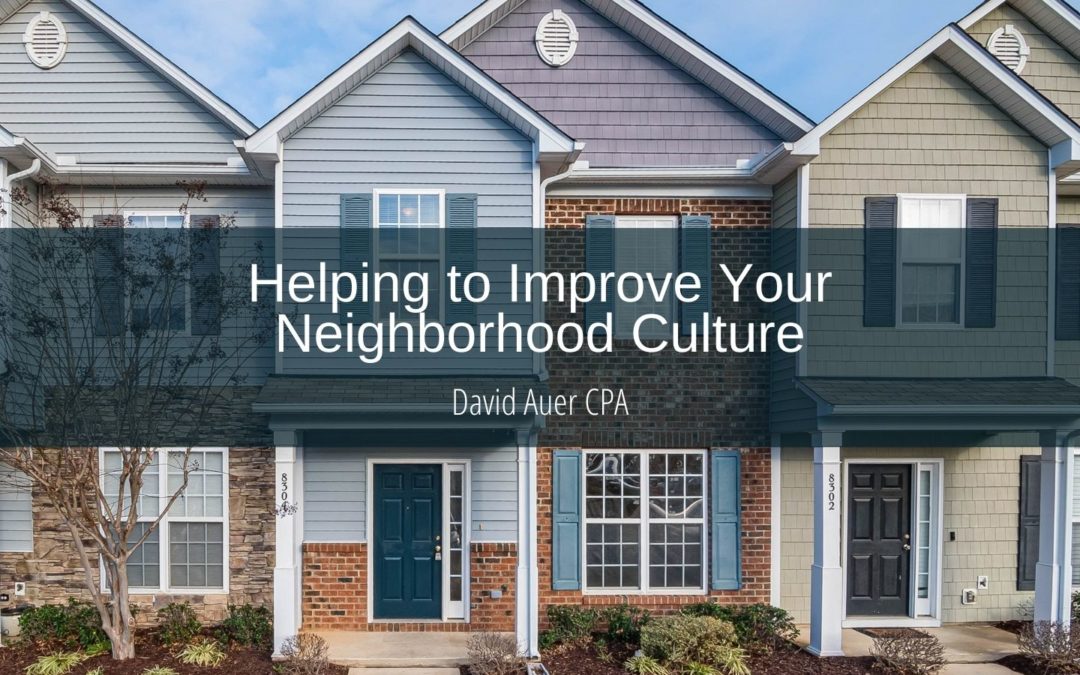A neighborhood community is much like any other group dynamic. It contains individuals that each contributes their unique aspects to the total experience. Many of the same strategies that help to meld corporate groups can be used to help communities feel more connected and more engaged in the work of making their neighborhoods better. Here are a few ways to improve your neighborhood culture to make it a more practical daily living environment.
Being Transparent With Issues & Problems
Every community has its problems, but it serves no one’s interests to try to gloss over these issues or pretend they don’t exist. Instead, full transparency about what’s going on and options for going about correcting the problem should be available to all in the community, so they can add their thoughts and feel included in the process of improving their neighborhood. Newsletters, online neighborhood forums, and regular in-person meetings help air neighborhood problems and brainstorm viable solutions.
Putting Residents First
Changes and improvements in the neighborhood should always benefit the most significant number of people living in the community, rather than just those most directly affected. Funds for community improvement are often limited, which means residents should look for the projects that improve the most significant number of residents’ lives, whenever possible. In this way, the community enjoys a more outstanding quality of life and satisfaction, making it a more enjoyable place.
Increasing Neighborhood Fun
Nothing brings a neighborhood together than an enjoyable experience that creates good feelings and happy memories for all who attend. You can foster this sense of fun and enjoyment with regular block parties, chili-cookoffs, movie nights, and other activities that allow residents to get to know each other and share in a pleasurable event. Many people in your community may have special skills tapped to make a memorable neighborhood event.
They create a real sense of community results from numerous actions that help people feel valued and included daily. Finding ways to connect with individual residents in their busy daily lives can be challenging, but the effort can ultimately lead to a better sense of mutual caring and connection. Try these strategies to make your neighborhood culture more connected and inclusive.

